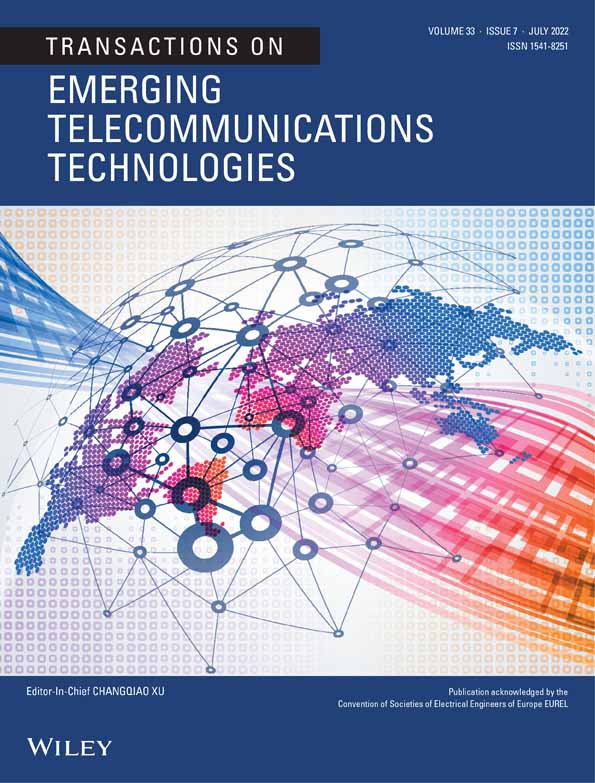Performance analysis of non-orthogonal multiple access assisted cooperative maritime communication system over two-wave with diffuse power fading
Funding information: Science and Engineering Research Board
Abstract
Non-orthogonal multiple access (NOMA) and millimeter-wave (mmWave) communication are two promising technologies to fulfill the high throughput and reliable communication requirements. Maritime communication systems use a generalized fading at near-sea-surface channels (for seashore to ship/boat/fishing fleet communication) to provide reliable communication due to atmospheric turbulence. Experimental research on generalized two-wave diffuse power (TWDP) fading reveal the footprints of mmWave. This article proposes novel exact and asymptotic closed-form expressions of average symbol error probability (ASEP) of NOMA users for cooperative maritime communication systems over TWDP fading with the different modulations. The end-to-end closed-form expressions are derived in terms of Appell's and Lauricella's hypergeometric functions. Also, the ASEP is shown using the power allocation factor for different modulation schemes. The proposed system provides better transmission reliability using generalized TWDP fading. Further, the outage probability of the system described above is analyzed using the distance, path loss exponent, transmission rate, and Rician factor as performance metrics for both the NOMA users. Effects of fading outage parameters on the system performance are studied. The end-to-end exact numerical results have been verified with the Monte-Carlo simulations that validate with asymptotic results at a high SNR regime.
CONFLICT OF INTEREST
The authors declare no conflicts of interest.
Open Research
DATA AVAILABILITY STATEMENT
Data sharing is not applicable to this article as no new data were created or analyzed in this study.



 -
- and gamma-gamma dual hop transmission system
and gamma-gamma dual hop transmission system
